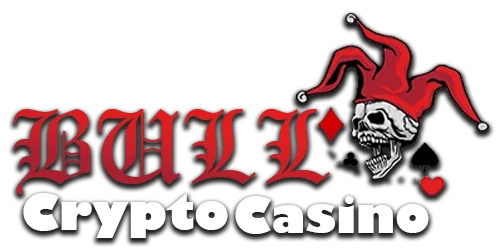Discussions about the “best” PlayStation console often devolve into arguments about technology or specific flagship titles. Yet, to understand the unparalleled success and enduring legacy of the PlayStation 2, one must look beyond any single game. The PS2’s ultimate, and likely never-to-be-repeated, triumph was dipo4d its staggering, overwhelming variety. It wasn’t just a console for every type of gamer; it was a console for every mood of every gamer. It was a sprawling, chaotic, and beautiful digital bazaar where AAA blockbusters sat comfortably alongside bizarre, niche, and experimental gems, creating a software library of breathtaking diversity and depth.
This variety was a direct result of the console’s historic install base. Selling over 155 million units meant that developing for the PS2 was the safest, most logical business decision for publishers of all sizes. This provided a platform for established franchises to flourish. It was the home of definitive entries in series like Grand Theft Auto: San Andreas, Metal Gear Solid 3: Snake Eater, Final Fantasy X, and God of War. These games pushed technical boundaries and set new standards for cinematic storytelling and action. They were the titans that dominated magazine covers and defined the console’s public image, offering deep, polished experiences that could consume hundreds of hours.
However, the PS2’s true magic lay in the shadows of these giants. The low cost of development and the massive audience created a fertile ground for innovation and weirdness. This was the era of Katamari Damacy, a game about rolling a sticky ball through a surreal world to rebuild the stars. It was the home of Shadow of the Colossus, a minimalist masterpiece that asked players to question the very nature of their quest. It hosted rhythm games like Guitar Hero and Dance Dance Revolution, fitness games like EyeToy: Play, and countless obscure Japanese RPGs and horror titles that found a passionate audience. There was no single “PS2 experience.” For every person who remembers it for Madden NFL tournaments with friends, another remembers it for the lonely, atmospheric dread of Silent Hill 2.
This incredible ecosystem made the PS2 more than a gaming device; it was a cultural touchstone and a hub of entertainment. Its built-in DVD player integrated it into the living room like no console before it, and its games reflected this broad appeal. The PS2 didn’t cater to a single demographic; it catered to everyone. In an modern era often defined by homogenized AAA development and skyrocketing budgets, the PS2’s library stands as a monument to a different time—a period of wild experimentation and boundless creative confidence where anything could find a market. Its variety wasn’t just a feature; it was its very soul.
